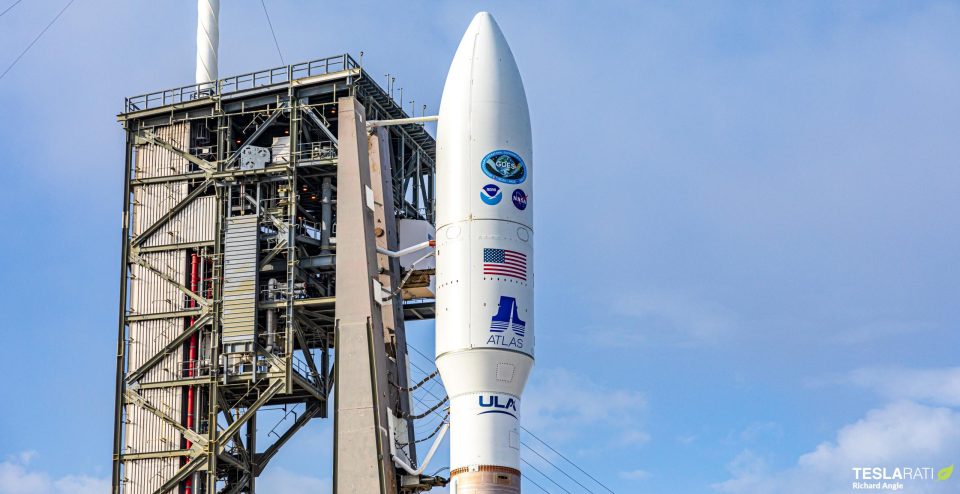NASA has successfully launched next-generation weather satellites for the National Oceanic and Atmospheric Administration (NOAA). The Geostationary Operational Environmental Satellite (GOES-T) was launched on a United Launch Alliance Atlas V rocket from Cape Canaveral Space Force Station. It has been confirmed that the spacecraft’s solar arrays were successfully placed, and the spacecraft is now operating on its power.
“We at NASA are proud to support our joint agency partner, NOAA and their mission to deliver critical data and imagery to forecasters and researchers tracking hazardous weather. At the same time, the GOES-R series satellites’ primary job is to help with the weather forecasts. Our agencies’ partnership brings great benefits in understanding our planet,” NASA Deputy Administrator Pam Melroy said.
The satellite will be giving continuous coverage of hazardous weather conditions in the Western Hemisphere. The GOES program predicts space weather near earth that can interfere with satellite electronics, GPS, and radio communications. Once GOES-T is placed in a geostationary orbit 22,300 miles above the earth, it will be named GOES-18. After a successful orbital checkout of its instruments and systems, GOES-18 will go into service over the US West Coast and the Pacific Ocean.












